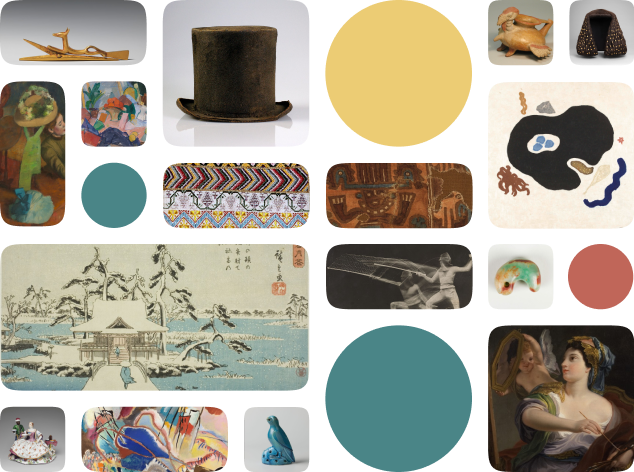Inscribed Tombstone of Shaikh al-Husain ibn Abdallah ibn al-Hasan (died 1110)
Creator Name
Cultural Context
Date
Source
About the Work
This tombstone belonging to the Arab leader Shaikh al-Husain ibn Abdallah ibn al-Hasan, is inscribed with Qur'anic verses detailing paradise in the afterlife in floriated Kufic script. Its innermost section is embellished with an arch-shaped niche similar to a mosque’s mihrab. The mihrab indicates the direction of the Kaaba in Mecca, towards which worshippers pray.
The text on the outer border of the tombstone reminds the mourner of their own inevitable death: "In the name of God, the Merciful, the Compassionate. Every soul shall taste of death; and ye shall only receive your recompenses on the Day of Resurrection. And who so shall escape the fire, and be brought into Paradise, shall be happy. And the life [of this world is but a cheating fruition]" (3:185).
The text on the outer border of the tombstone reminds the mourner of their own inevitable death: "In the name of God, the Merciful, the Compassionate. Every soul shall taste of death; and ye shall only receive your recompenses on the Day of Resurrection. And who so shall escape the fire, and be brought into Paradise, shall be happy. And the life [of this world is but a cheating fruition]" (3:185).
Cleveland Museum of Art Object Description
Arabic calligraphy, the supreme art form in the Islamic world, enhances this tombstone. The elegant Arabic script embellished with leaf tendrils at the top of the tall letters is called floriated Kufic.
Verses about paradise from the holy Qur'an border the central arch-shaped niche that resembles a mosque's mihrab, located in the wall closest to the holy city of Mecca. The name of the deceased and the year of his death are recorded within the niche above the names of the carvers: "The work of Abaidallah Murra(?) and 'Umar(?)." The inscriptions from the Qur'an translate as follows:
Outer border (read from right to left):
"In the name of God, the Merciful, the Compassionate. Every soul shall taste of death; and ...
Verses about paradise from the holy Qur'an border the central arch-shaped niche that resembles a mosque's mihrab, located in the wall closest to the holy city of Mecca. The name of the deceased and the year of his death are recorded within the niche above the names of the carvers: "The work of Abaidallah Murra(?) and 'Umar(?)." The inscriptions from the Qur'an translate as follows:
Outer border (read from right to left):
"In the name of God, the Merciful, the Compassionate. Every soul shall taste of death; and ...
Work details
"--" = no data available
Title
Creator
Worktype
Cultural Context
Material
Dimensions
Technique
--
Language
Date
Provenance
Style Period
--
Rights
Inscription
Location
Source
Subjects
Topic
--
Curationist Contributors
Related Content
All Works in Curationist’s archives can be reproduced and used freely. How to attribute this Work:
Ubaydallah Murra and Umar, Inscribed Tombstone of Shaikh al-Husain ibn Abdallah ibn al-Hasan, 1110. Cleveland Museum of Art. Intricately designed, this tombstone dates back to the 12th century and marked the grave of Shaikh al-Husain ibn Abdallah ibn al-Hasan who died in 1110. CC0.
Help us improve this content!
Let our archivists know if you have something to add.
Save this work.
Start an account to add this work to your personal curated collection.
